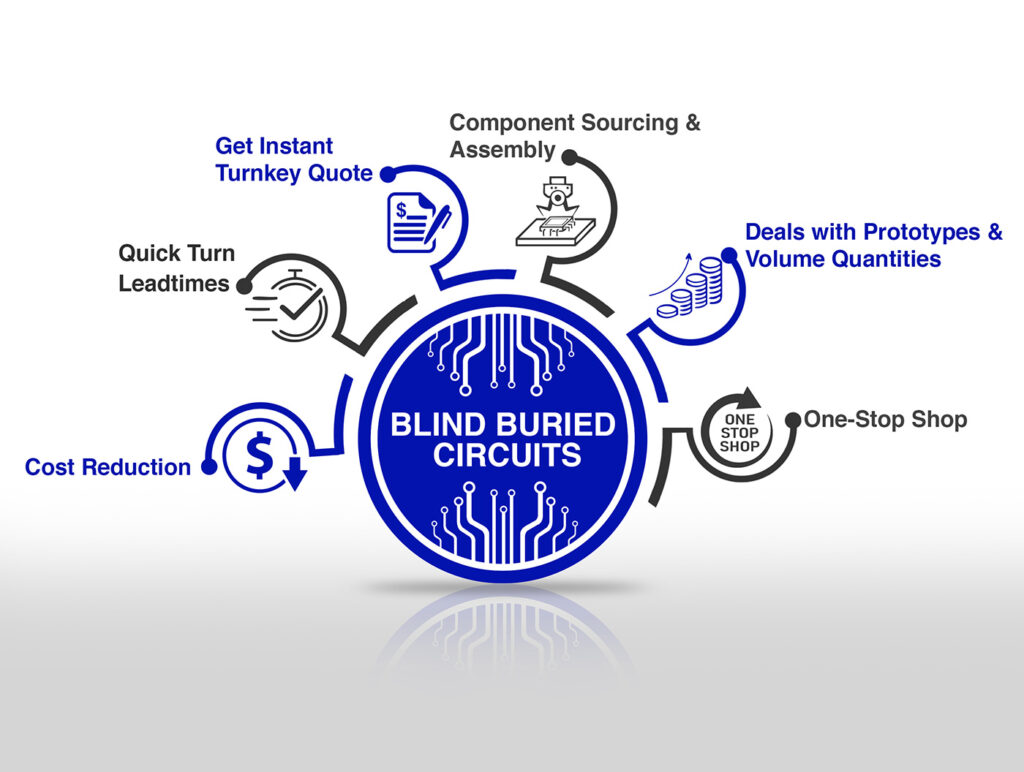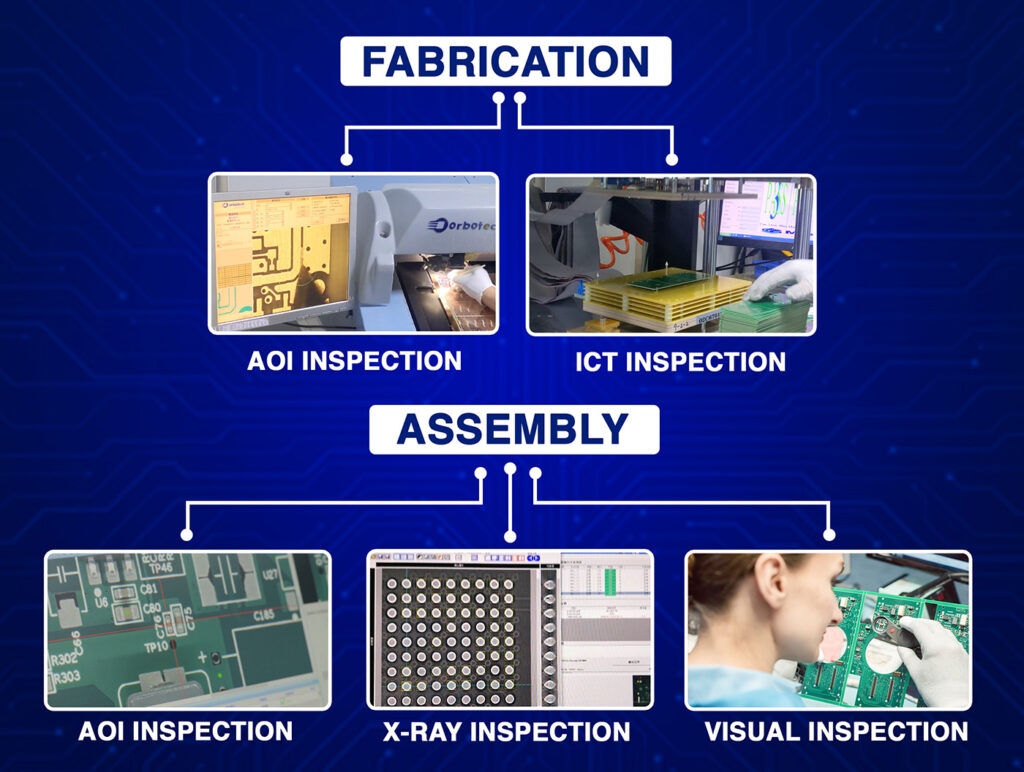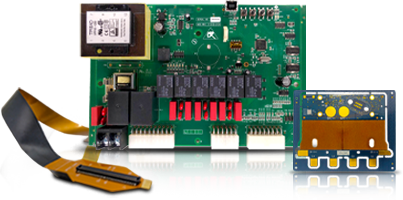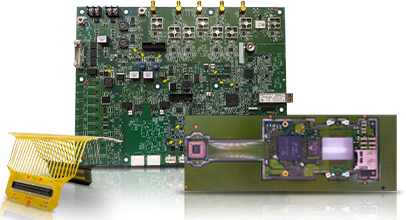Printed circuit boards play a vital role in every electronic device that a consumer buys. From cars to smartphones, these intricate boards are components of every device. But do you know what processes are followed to create these complex components? One of the most advanced technologies that are currently being used in the USA for PCB Sharing is Laser Direct Imaging(LDI). LDI technology is faster and more precise, which helps in custom PCB fabrication. In this piece, we will learn what LDI technology is, how it operates, and its relevance to the USA custom PCB industry.
What is Laser Direct Imaging (LDI)?
Laser Direct Imaging technology is primarily used in the manufacturing of PCBs. As its name suggests, it employs photothermal components combined with Optical lithography systems to create excellent and detailed patterns. In comparison to traditional photomask techniques, LDI does not use a stencil to create the design. Instead, it uses a laser beam to sketch the circuitry. This change broadens the accuracy, speed, and flexibility of LDI.
Consider this: Traditional PCB manufacturing involves stencil work, like painting. LDI is a high-tech laser printer that draws the design directly onto the PCB. Stencils can easily result in mistakes and are time-consuming. By utilizing LDI, stencils are no longer required.
How does LDI work?
Let’s explain Laser Direct Imaging PCB production in easy steps:
1. Designing the PCB:
Step one involves an engineer digitally designing the PCB using software that enables them to configure every minute detail. All the paths (known as traces) that allow electricity to flow in between components are designed, too.
2. Preparing the Board:
Photoresist is a substance sensitive to light that is coated onto a flat board, forming a PCB. It is essential for the etching of circuits on the PCB.
3. Laser Direct Imaging:
Instead of utilizing a photomask, the circuit design is etched onto the photoresist coating using a laser. The laser does not require human intervention since it is operated by a computer, ensuring that there are no mistakes during replication.
4. Building the Board:
After the board has been exposed to laser light, it is prepared using chemicals. In this process, the laser softens selected regions while the unselected regions are washed away. At the end of the process, the specific pattern circuits are retained.
5. Etching and Finishing:
Copper that is not needed is etched off the board, leaving only the essential electrical circuits, which are referred to as Etched. In the very last step, the board is washed, the parts inspected and then readied for assembly.
Why is Laser direct imaging critical for PCB fabrication in America?
Any region with sophisticated technology and innovation can be called a hub. The USA is one such advanced country, and custom PCB fabrication is one of their specialties. Let’s take a look at why USA PCB manufacturers make use of Laser Direct Imaging:
- Unmatched Precision
Due to its high accuracy, LDI is unmatched when it comes to fine-detail complex circuit designs and systems. Components tend to get smaller and packed tighter over time, which is the new norm in technology.
- Faster Production
The removal of the photomasks step during production helps to speed up the overall production process with greater ease. As a result, firms that wish to receive new custom PCBs as fast as possible have found this feature as a tremendous benefit.
- Affordable for Smaller Volume Production
Undoubtedly, traditional methods are cost-effective for mass production; however, they can be costly for smaller volumes. On the other hand, LDI is very suitable for custom PCB manufacturing, even in the smaller volume range.
- Versatility
With LDI, the manufacturer can easily transition between different routines without having to create new photomasks. This feature is highly beneficial in prototyping and for specific projects.
- Improved Quality
LDI minimizes the possibility of errors and defects, thus improving the quality of the printed circuit boards. This is important in fields such as aerospace, medical devices, and automotive industries where dependability is essential.
Other Uses of LDI in PCB Production
LDI finds applications in a variety of sectors, which include but are not limited to:
Consumer Electronics: LDI is a circuit board fabrication technology relied upon by all smartphone, tablet, and laptop manufacturers.
Medical Devices: The precision of PCBs in medical equipment must be maintained, and LDI guarantees this requirement will be met.
Automotive: Modern vehicles are fully integrated with electronics, from the Engine Control Unit to the infotainment system, which is powered by engineered PCBs.
Aerospace: LDI’s greatest advantage is that it meets the aerospace industry’s demand for lightweight and reliable PCBs.
The Future of Laser Direct Imaging in PCB Fabrication
Demand for faster, smaller, and more reliable PCBs has always existed, and as technology continues to expand, so does the need for LDI. The USA is the forebearer of innovation and pioneering, and so LDI helps sustain a competitive edge over other global markets through its high precision and efficiency. These improvements have made traditional methods nearly obsolete.
With smarter software, advanced processors, and better resolution, LDI has the potential to enable the creation of complex and powerful electronic devices, which is what we can expect in the future.
Conclusion
With LDI, the construction of PCBs has completely changed, making the process faster, more efficient, and flexible to clients’ needs. Due to its high-quality standards, LDI has become a dominating force in the USA, constructing custom PCBs for medical devices or the latest smartphones. Whether designing medical devices or the latest smartphones, LDI will continue to be the basis for high-quality, serviceable PCBs. When you next look at your smartphone or drive your car, think of the complex and compact PCBs inside and the advanced Laser Direct Imaging technology that created it.
By adopting Laser Direct Imaging, the USA is at the forefront of custom PCB manufacturing and assures that we stay at the top of electronics innovation. If your quest involves obtaining the best quality PCBs, then work with a manufacturer who uses LDI because that is where the fabrication of PCBs is headed.





